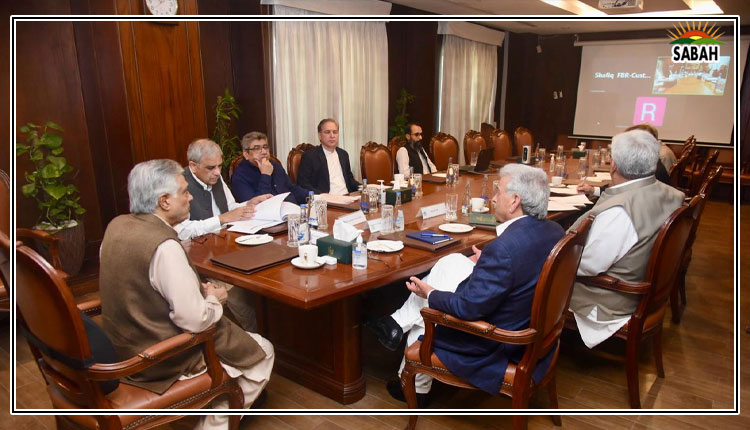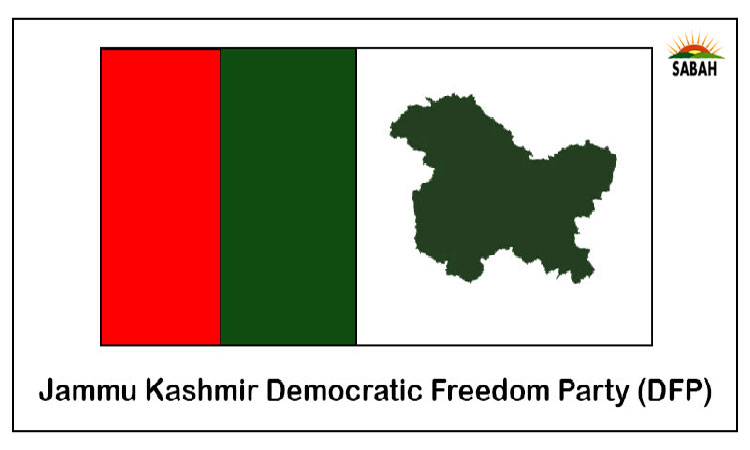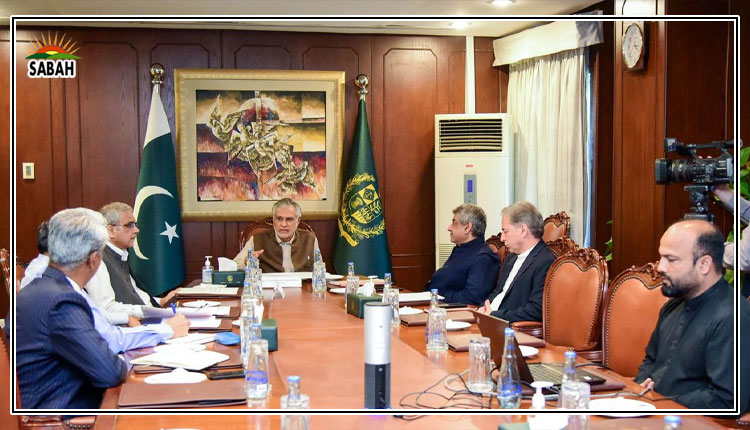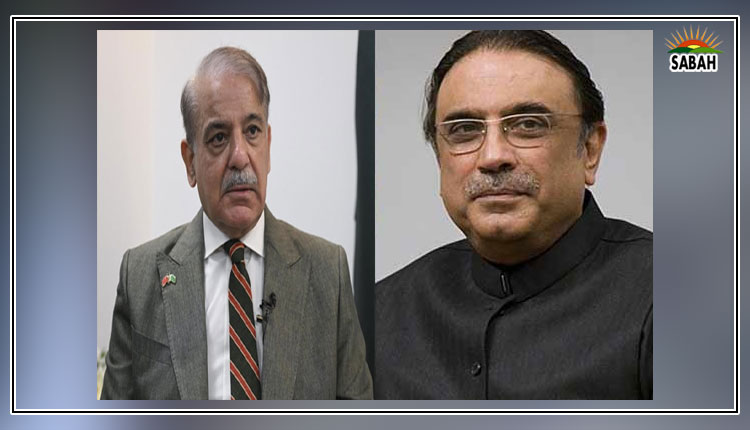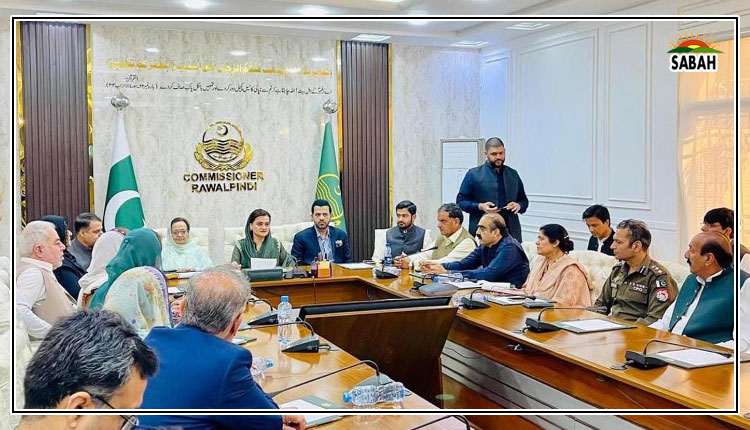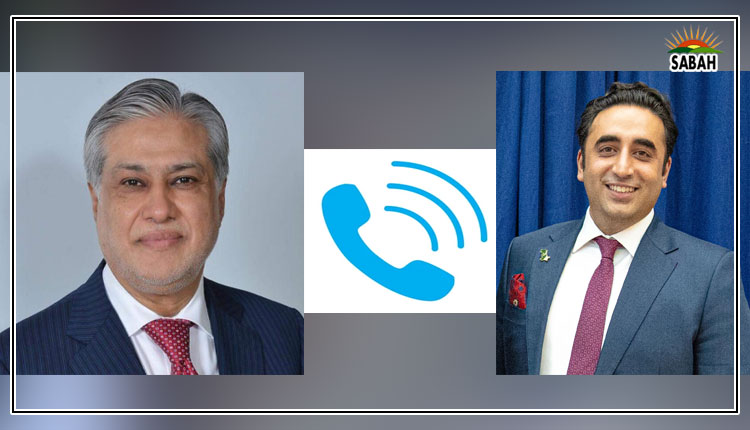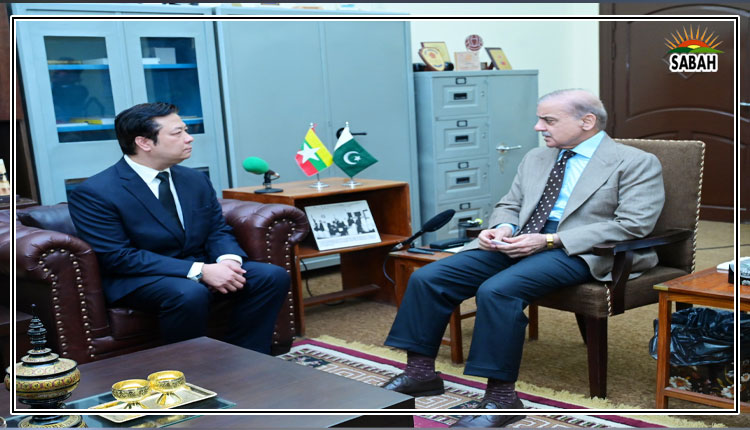Fake is truth … Mohammad Ali Babakhel
IN the mid-1990s, as a university student and later as a journalism lecturer, I learned about hard and soft news, propaganda, and rumours. However, we were unaware of the negative consequences of ‘fake news’ (FN), amplified by the internet in the 21st century. Anonymous social media accounts and illegal SIM cards now play a central role in spreading FN.
According to media reports, the government plans to introduce the Prevention of Electronic Crimes (Amendment) Act to tackle FN, imposing strict penalties and establishing the Digital Rights Protection Authority.
FN is a significant non-traditional security threat. Defined as false stories presented in a news format and disseminated via print, electronic, and social media, FN is usually fabricated to influence public opinion. It serves vested interests rather than providing authentic information. Producing FN is cheap, while authentic journalism is labour-intensive and expensive. Though FN has historical roots, modern technology and political narratives have transformed its forms and impact.
The competition between Joseph Pulitzer’s New York World and William Randolph Hearst’s New York Journal in the late 19th century introduced “yellow journalism”, relying on sensationalism to boost circulation. Similarly, today’s FN is not an absolute falsehood but a multidimensional phenomenon that blends fact and fiction. The invention of the printing press accelerated communication but also gave rise to tabloids. The internet, meanwhile, has made information instantly accessible, complicating the public’s ability to discern truth from falsehood.
Print media traditionally allowed limited space for FN and maintained authenticity through corrigenda. In contrast, TV channels often turn misinformation into disinformation by avoiding apologies, while social media’s lack of gatekeeping has led to a flood of fake content.
FN is intentionally distributed to undermine national security, as part of state-sponsored disinformation campaigns or political agendas driven by ideological bias. For example, before the French presidential election, Facebook suspended 30,000 fake accounts. FN disrupts peace-building efforts, escalates conflicts, and erodes institutional trust. It fuels societal divisions, complicates dialogue, and undermines law enforcement. In Kurram, inflammatory narratives spread through FN have recently incited violence.
FN appeals to emotions such as insecurity and hatred, further polarising societies. It destabilises political processes and erodes ethical and social norms, fostering cynicism and weakening the public’s ability to verify facts. In former Fata, vested groups use FN to obstruct reforms and reconciliation.
Militant groups exploit social media to propagate radical ideologies, recruit members, and exaggerate their strength through fake content. This undermines public trust in law enforcement. Anti-polio campaigns in Pakistan face significant hurdles due to FN, while deepfakes and manipulated images enable terrorists to mislead and manipulate perceptions.
The internet’s rapid information-sharing capabilities have revolutionised communication but also enabled falsehoods to proliferate and destabilise states.
While censorship to block propaganda raises concerns about free speech, balancing security with individual rights is crucial.
Terrorist groups disseminate FN to sow confusion and manipulate public opinion, eroding confidence in state institutions. Groups like ISIS produce high-quality propaganda that glorifies violence and spreads misinformation.
Combating FN requires transnational cooperation between governments and social media companies. Promoting media literacy and critical thinking is essential for fact-checking and countering FN. Counter-
terrorism departments must challenge terrorist narratives by providing accurate information. Strengthening communication systems, where public functionaries engage transparently with citizens, can also help.
Presenting facts proactively weakens the influence of NGOs and INGOs, which often fill information gaps.
FN spreads rapidly, demanding swift counter-narratives. Public-private partnerships and collaboration with social media companies can help mitigate FN’s impact. Equally important is educating the public about the necessity of new laws addressing FN within socio-cultural contexts.
A holistic approach to combating FN would involve legislative, procedural, and administrative measures. Government, media, and communities must collectively promote media literacy, transparency, and responsible information use to build verification capacity. Only through joint efforts can we stem the tide of FN and safeguard social cohesion.



